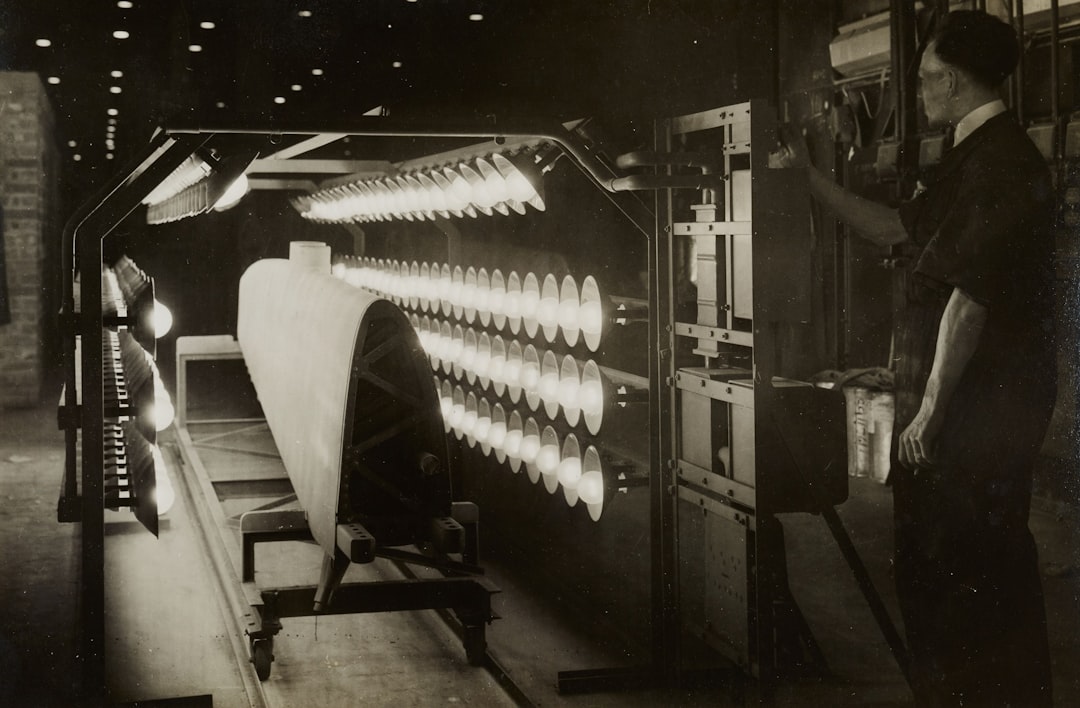Tech Shifts That Transformed US Workplaces

Introduction
The evolution of technology has profoundly transformed the American workplace, reshaping how work is performed, managed, and conceptualized. From the industrial revolution to the digital age, each technological milestone has brought about significant shifts in productivity, communication, and job roles. Understanding these milestones provides insight into current work trends and future developments.
Key Points
- The Industrial Revolution: The introduction of mechanized manufacturing processes in the late 18th and early 19th centuries marked a significant shift from agrarian economies to industrial powerhouses. This era saw the rise of factories, which centralized production and created new urban job opportunities.
- The Advent of Electricity: The widespread adoption of electricity in the late 19th and early 20th centuries revolutionized industries by enabling longer working hours and more efficient production processes. It also led to the development of new technologies, such as electric motors and lighting.
- The Rise of the Automobile: The mass production of automobiles, spearheaded by Henry Ford's assembly line in the early 20th century, not only transformed transportation but also influenced urban planning and the growth of suburbs, altering commuting patterns and job accessibility.
- The Computer Revolution: The introduction of computers in the mid-20th century revolutionized data processing and office work. Mainframe computers initially served large organizations, but the personal computer boom in the 1980s democratized access to computing power, changing how individuals and businesses operate.
- The Internet and Digital Communication: The commercialization of the internet in the 1990s and the subsequent rise of digital communication tools, such as email and instant messaging, transformed global connectivity and collaboration, enabling remote work and virtual teams.
- Mobile Technology and Cloud Computing: The proliferation of smartphones and cloud computing in the 21st century has further enhanced mobility and flexibility in the workplace, allowing employees to work from virtually anywhere with internet access.
Trends Shaping the Topic
- Remote Work and Telecommuting: Enabled by digital communication tools and cloud services, remote work has become increasingly prevalent, especially in the wake of the COVID-19 pandemic. This trend is reshaping traditional office environments and work-life balance.
- Automation and Artificial Intelligence: Advances in AI and machine learning are automating routine tasks, leading to increased efficiency but also raising concerns about job displacement and the need for reskilling.
- Gig Economy: Platforms like Uber, Lyft, and TaskRabbit have popularized gig work, offering flexible employment opportunities but also challenging traditional labor laws and benefits.
- Cybersecurity: As digital work environments expand, so do the risks associated with data breaches and cyberattacks, prompting a growing focus on cybersecurity measures.
Implications for US Readers
For American workers and businesses, these technological milestones and trends present both opportunities and challenges. Embracing new technologies can lead to increased productivity and innovation, but it also requires adaptation and continuous learning. Workers may need to acquire new skills to stay competitive, while businesses must invest in technology and cybersecurity to remain viable.
US Examples & Data
- Remote Work Statistics: According to a 2021 report by the Pew Research Center, about 71% of employed adults were working from home all or most of the time during the pandemic, compared to just 20% before it began.
- Automation Impact: A 2020 McKinsey Global Institute report estimated that by 2030, automation could displace 23 million jobs in the US, but it could also create new opportunities in tech-driven sectors.
- Internet Usage: The US Census Bureau reported that in 2019, 92% of households had access to the internet, highlighting the critical role of digital connectivity in modern work environments.
Why It Matters
Understanding the technological milestones that have rewired American work is crucial for navigating the current and future landscape of employment. These advancements not only influence economic growth and productivity but also impact societal structures, such as education, urban development, and labor laws. By recognizing these changes, individuals and organizations can better prepare for the evolving demands of the workforce.
Sources
- Pew Research Center: How the Coronavirus Outbreak Has – and Hasn’t – Changed the Way Americans Work
- McKinsey Global Institute: The Future of Work in America
- US Census Bureau: Computer and Internet Use in the United States: 2019
Related Topics
- The Role of Artificial Intelligence in Modern Workplaces
- The Impact of the Gig Economy on Traditional Employment
- Cybersecurity Challenges in the Digital Age
- The Evolution of Remote Work and Its Future Prospects
Up Next





